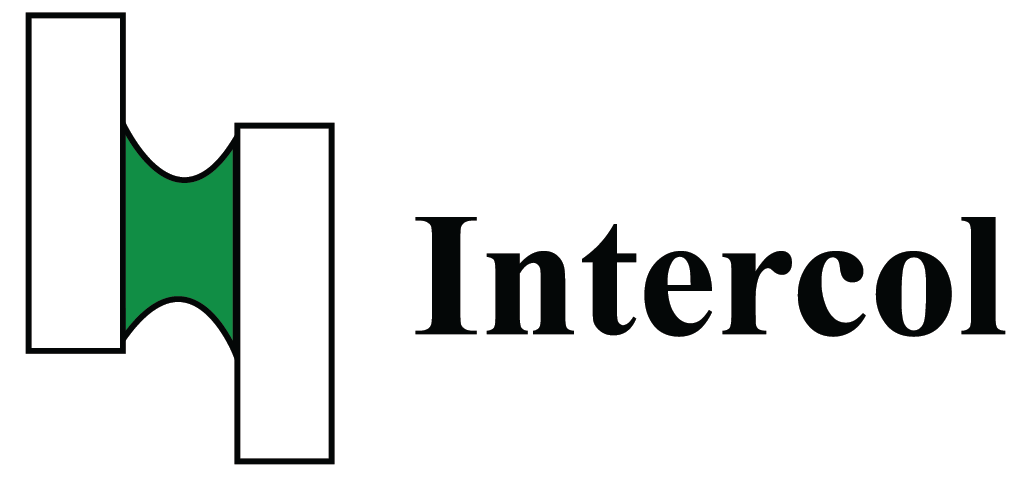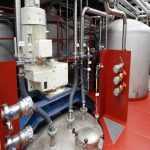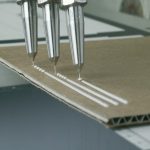Waterbased dispersions polymers like VAE are used in many textile processes, like:
- Tufting
- Production of non woven (binder for fibers)
- Airlaid
- Wetlaid
- Drylaid
- Sewing threads
- Printing (primer and binder for Ink)
- Finishing
- VAE polymers provide excellent adhesion to cellulose fibers
- VAE polymers support hydrophilic and absorbency properties strongly
- Coating (e.g. glass fiber scrims for roofing and ETICS)
- Glueing & Laminating, assembling materials.
- Garment washing
Production of non woven
Certainly! Let’s explore the fascinating world of nonwoven fabrics and understand the differences between airlaid, wetlaid, and drylaid techniques:
- Airlaid Nonwoven:
- Definition: Airlaid nonwoven fabric, also known as airlaid paper, is created by dispersing fibers using air and then bonding them together.
- Process:
- Fiber Blending: Different materials like wood pulp, synthetic fibers, or natural fibers are opened and blended.
- Web Formation: Air is used to create a web of randomly oriented fibers.
- Bonding: The fibers are bonded together to form the fabric.
- Applications:
- Airlaid nonwovens find use in hygiene products (like diapers), medical applications (such as surgical gowns), and absorbent materials.
- Wetlaid Nonwoven:
- Definition: Wetlaid nonwoven fabric is produced by suspending fibers in water and then depositing them onto a moving screen.
- Process:
- Fiber Suspension: Fibers (often pulp) are mixed with water to form a slurry.
- Screen Deposition: The slurry is deposited onto a screen or conveyor belt.
- Dewatering and Bonding: Water is removed, and the fibers are bonded together.
- Applications:
- Wetlaid fabrics are commonly used in filter media, wipes, and specialty papers.
- Drylaid Nonwoven:
- Definition: Drylaid nonwoven fabric is formed by arranging fibers without using water or any liquid binder.
- Process:
- Carding: Fibers are opened from bales and blended. A carding machine combs the fibers into a web.
- Bonding: The web is consolidated using methods like thermal bonding (heat and pressure), mechanical bonding, or chemical bonding.
- Types of Drylaid:
- Carded Drylaid: Parallel-laid or randomized webs with good tensile strength.
- High Loft (Short Fiber) Drylaid: Creates bulkier products.
- Applications:
- Drylaid nonwovens are used in apparel (like raincoats), outdoor gear, and various industrial applications.
Each technique has its unique properties, making nonwovens versatile for different applications and likely to have an adapted binder formulation.
Sewing threads
Sewing threads play a crucial role in garment construction, impacting both aesthetics and performance.
- Function of Sewing Threads:
- Holding Garments Together: Sewing threads are the only trim that holds a garment together. Without thread, the garment would simply fall apart.
- Determining Appearance: The choice of thread affects how the garment looks.
- Influencing Performance: Threads impact how the garment performs during wear and use.
- Factors Affecting Thread Selection:
- Aesthetics:
- Color and Lustre: Consider thread color and shine for decorative purposes like topstitching or embroidery.
- Hue and Shade Matching: Ensure the thread complements the fabric.
- Color Fastness: Threads should retain their color even after washing.
- Performance:
- Threads used in garments must be durable:
- Seam Strength: Threads should withstand stretching, recovery, and abrasion.
- Abrasion Resistance: Threads endure friction during sewing and garment finishing.
- Elasticity: Threads need to flex without breaking.
- Chemical Resistance: Threads should resist damage from chemicals.
- Flammability: Consider safety aspects.
- Sewability:
- Refers to a thread’s performance during sewing.
- Parameters for superior sewability include:
- No breakages during high-speed sewing.
- Consistent stitch formation.
- No skipped stitches.
- Even tension during sewing.
- High abrasion resistance.
- Smooth surface for easy passage through machine guides.
- Threads used in garments must be durable:
- Aesthetics:
- Thread Classification:
- Threads can be classified based on:
- Substrate:
- Natural Threads: Rarely used now, but cotton thread is an example.
- Synthetic Threads: Preferred due to high tenacity, abrasion resistance, and chemical resistance.
- Construction:
- Threads can have different constructions (e.g., spun, filament, core-spun).
- Finish:
- Threads may have finishes like lubrication or bonding.
- Substrate:
- Threads can be classified based on:
Selecting the right sewing thread is essential for achieving good sewing performance and desired seam quality. Using the wrong type or size can lead to faults and longer lead times. Which can be further improved by adding one of Intercol’s VAE coatings.
Textile printing
Polymers play a crucial role in textile printing, enhancing both aesthetics and functionality.
- Pigment Printing Binders:
- Definition: Pigment printing binders are film-forming materials composed of long-chain macromolecules.
- Function: When combined with pigments, these binders form a three-dimensional network on the fabric.
- Application: They are widely used in textile pigment printing to fix pigments onto the fabric surface, ensuring color fastness and durability.
- Additive Manufacturing (3D Printing) on Textiles:
- Overview: Additive manufacturing (AM), also known as 3D printing, has evolved beyond prototyping to advanced manufacturing.
- Advantages of AM in Textiles:
- Geometrical Flexibility: Allows optimization of product features.
- Microstructure-Properties Modification: Achieved through metamaterials.
- Resource Efficiency: Uses less raw material.
- Cloud Manufacturing: Shortens supply chains and promotes sustainability.
- Challenges: Despite progress, AM applied to textiles faces scalability issues and is still in early research stages.
- Applications:
- Functional Filament Fibers/Wires: Development of functional fibers for textile fabrics.
- 3D Printing on Textiles: Creating intricate patterns and structures.
- 3D Printing Completed Garments: Customizable and sustainable production.
- 4D Textiles: Materials that change shape over time.
- Materials in 3D-Printed Fabrics:
- Current Limitations:
- Stiffness and Rigid Clothing: Many 3D-printed fabrics result in uncomfortable garments.
- Petroleum-Based Polymers: Commonly used materials (e.g., ABS, PLA, PU) are derived from petroleum.
- Exploring Natural Textile Fibers: Research is ongoing to develop 3D printing materials using natural fibers like wool.
- Current Limitations:
In summary, polymers contribute to the innovation and sustainability of textile printing, whether through binders, 3D printing, or exploring new materials.
Textile finishing
Textile finishing refers to the processes that transform woven or knitted cloth into a usable material. Specifically, it encompasses any steps performed after dyeing the yarn or fabric, aiming to enhance the appearance, performance, or tactile quality (often referred to as the “hand”) of the finished textile or clothing.
Examples of textile finishing:
- Grey Cloth: When fabric leaves the loom or knitting machine, it is not immediately usable. At this stage, it is called grey cloth and contains both natural and added impurities.
- Purpose of Finishing:
- Value Addition: Finishing adds value to the product, making it more attractive, useful, and functional for the end-user.
- Surface Feel and Aesthetics: Techniques like bleaching and dyeing can be applied to yarn before weaving, while others are applied directly to the grey cloth after weaving or knitting.
- Advanced Chemical Finishes: Examples include improving surface feel and adding advanced chemical treatments.
- Types of Finishing Techniques:
- Wet Processing: This includes processes like washing, dyeing, and bleaching.
- Chemical Treatments: Various chemical treatments are applied to achieve desired properties, such as flame retardancy, water repellency, and anti-static properties.
- Heat Setting: Synthetic fibers often require only heat setting, as they already exhibit easy-care criteria.
- Historical Context:
- Some finishing techniques, like fulling, became outdated with the industrial revolution.
- Others, such as mercerization, emerged as developments following the Industrial Revolution.
Textile finishing plays a crucial role in enhancing fabric properties, ensuring comfort, and meeting consumer expectations. VAE Polymers are often used as a binder and coating. VAE support flame retardancy, are compatible with many additives and are true LOW VOC waterbased binders. VAE supports also very often recycling purposes, by being solluble or wash resistant, but also being thermoplastic.
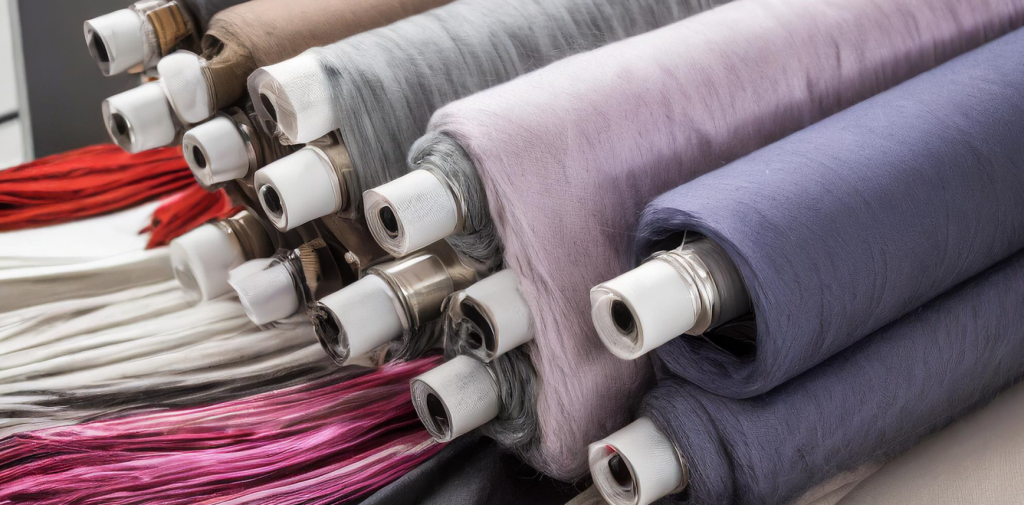
Textile coatings
Textile coatings play a pivotal role in modifying both the aesthetics and functionality of textile surfaces. These coatings are applied to textile substrates, enhancing their properties and making them suitable for various applications. Let’s delve into the specifics:
- Purpose and Importance:
- Aesthetic Enhancement: Textile coatings improve the appearance and tactile feel of fabrics, resulting in high-quality textiles.
- Functionality: Coatings extend the useful life of textiles, preserve their aesthetic appeal, and provide performance and protective features.
- Formulation and Application:
- Ingredients: A typical textile coating formulation includes polymeric binders along with additives like colorants, adhesion promoters, biocides, and plasticizers.
- Application Techniques: Coatings are applied using methods such as spraying, padding, or nanoscale technologies.
- Functional Properties: Coated textiles can exhibit properties like water repellency, flame retardancy, and self-cleaning.
- Applications:
- Apparel Coatings: Enhancing durability, breathability, and aesthetics in clothing.
- Home Furnishing Coatings: Improving fabric performance for upholstery, curtains, and bedding.
- Transportation Textile Coatings: Used in automotive interiors, aircraft interiors, and marine applications.
- Technical Textile Coatings: For geotechnical, medical, and industrial textiles.
- Innovations and Future Trends:
- Advanced Techniques: Digital coating technology and sol-gel chemistry offer exciting possibilities.
- Multifunctional Textiles: Demand for textiles with multiple functionalities is on the rise.
Textile coatings bridge the gap between aesthetics and practicality, contributing to a wide range of applications across industries.
Especially VAE polymers support the use of additives by being often non-ionic , have a low flammability index and can be (water/solvent)-solluble (for e.g. recycling purposes) or crosslinkable and washable.
Laminating textiles
Laminated fabric is a fascinating fusion of traditional textiles and modern technology, it’s used across various industries:
- Laminated Fabric:
- Laminated fabric is essentially a combination of multiple layers of different materials, bonded together to create a single sheet with enhanced properties.
- The layers typically include:
- Base Textile Layer: This layer provides the fabric’s structure and often determines its texture and appearance. Common base fabrics include nylon, polyester, and various blends.
- Waterproof or Water-Resistant Layer: Applied to the base layer, this layer protects against moisture. It’s often made from polyurethane or another waterproof material. Specially treated versions repel water and resist liquid penetration.
- Additional Reinforcement Layers (Sometimes): These layers enhance durability and strength.
- The bonding process can be achieved through methods like heat and pressure, adhesives, or advanced techniques like ultrasonic welding.
- Applications of Laminated Fabric:
- Outdoor Gear:
- Laminated fabrics have revolutionized the outdoor gear industry.
- Examples include rain jackets, ski pants, tents, backpacks, and gloves.
- The waterproof layer keeps moisture out, while the base textile layer provides durability and comfort.
- Medical and Hygiene Products:
- Vital in the medical and hygiene sectors.
- Used in surgical gowns, drapes, and disposable medical wear.
- The waterproof layer maintains a sterile environment.
- Also used in diapers and other hygiene products for softness, comfort, and liquid resistance.
- Fashion and Apparel:
- Fashion designers embrace laminated fabric for its unique properties.
- Allows the creation of stylish, weather-resistant garments.
- CPSIA compliant, meeting child safety standards.
- Used for raincoats, ponchos, and even footwear that keeps feet dry during rainy days.
- Outdoor Gear:
